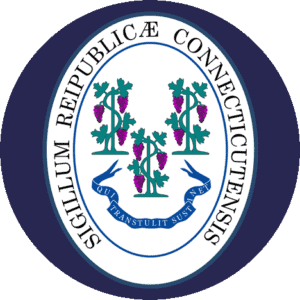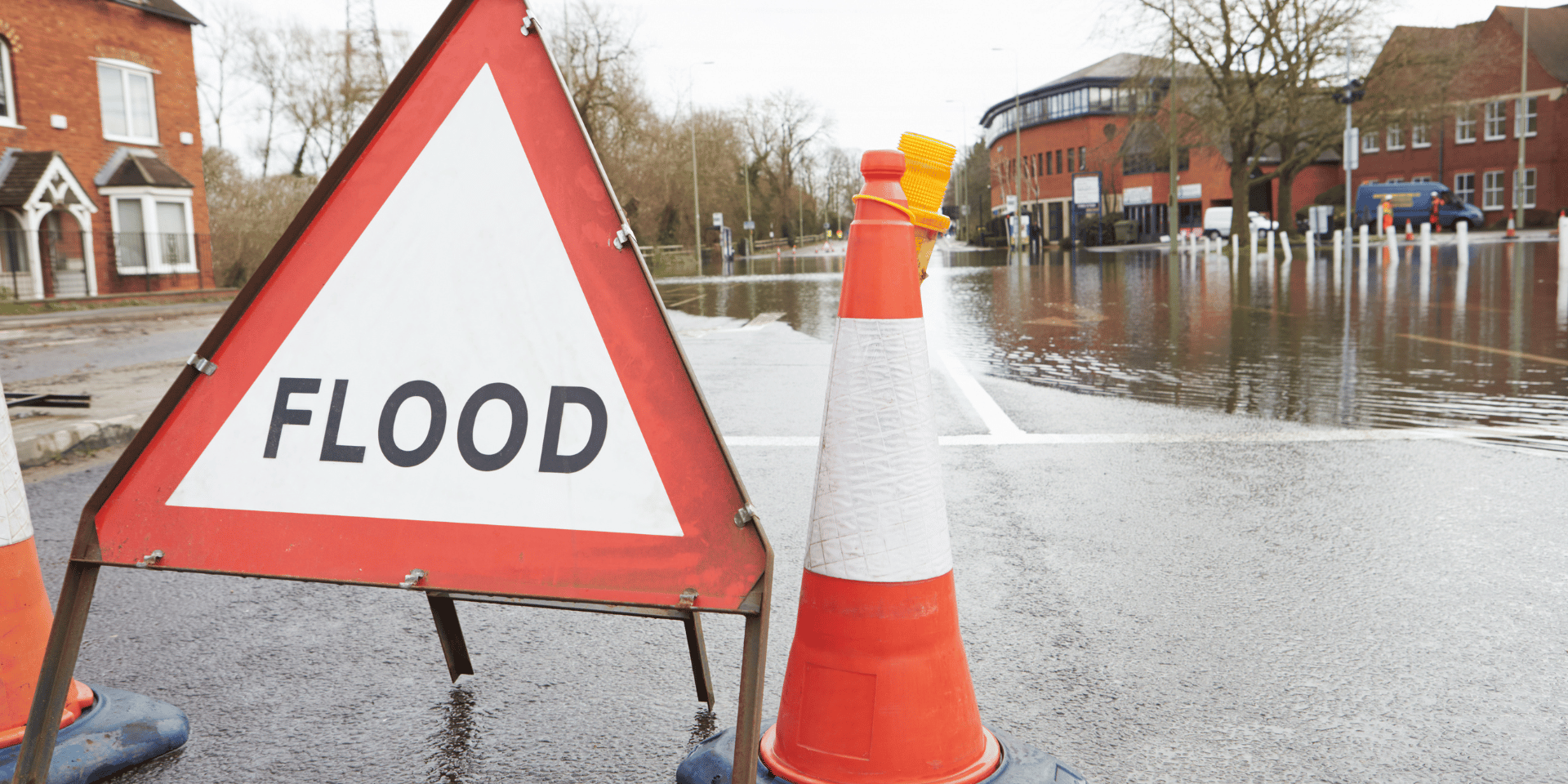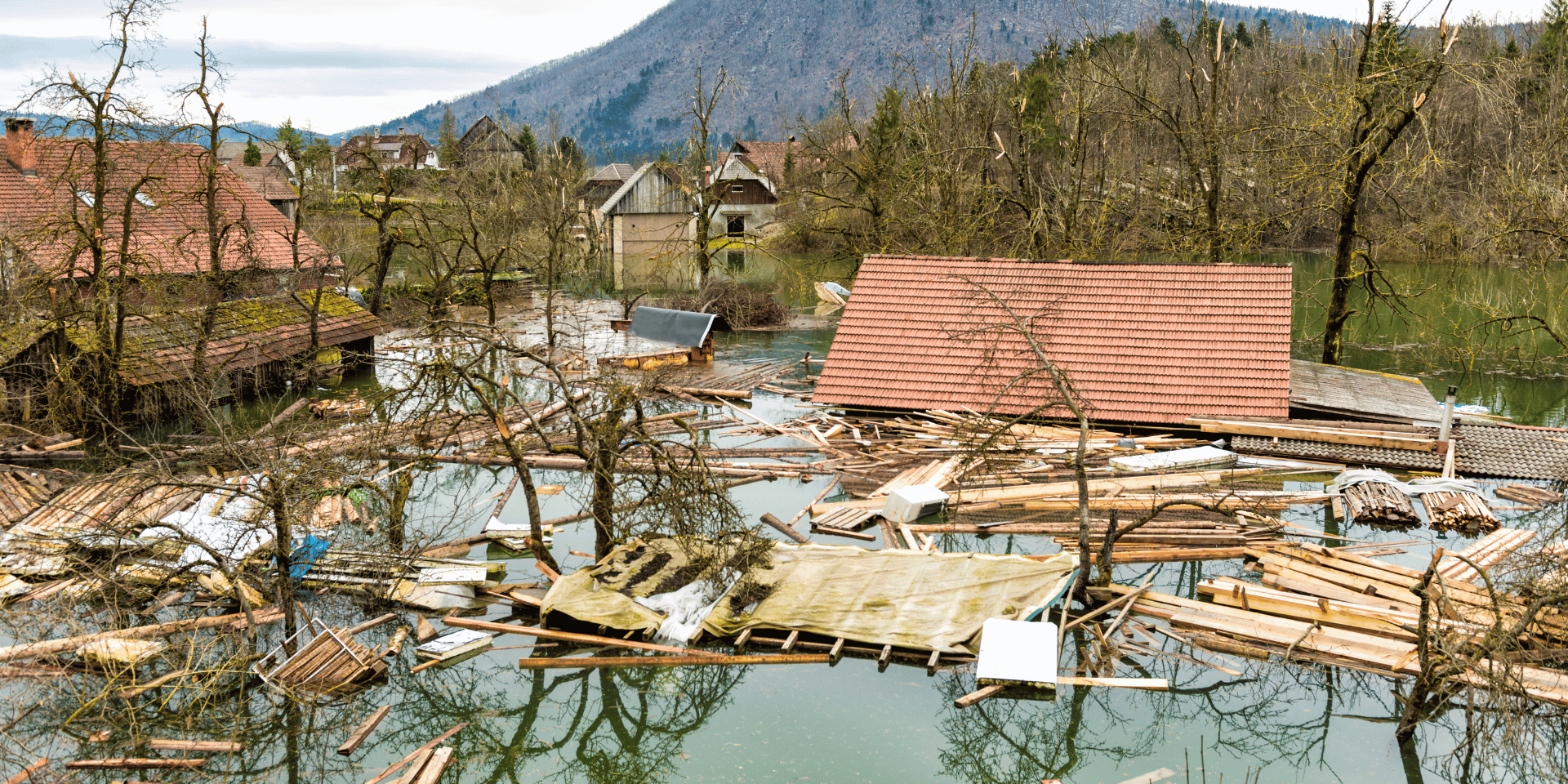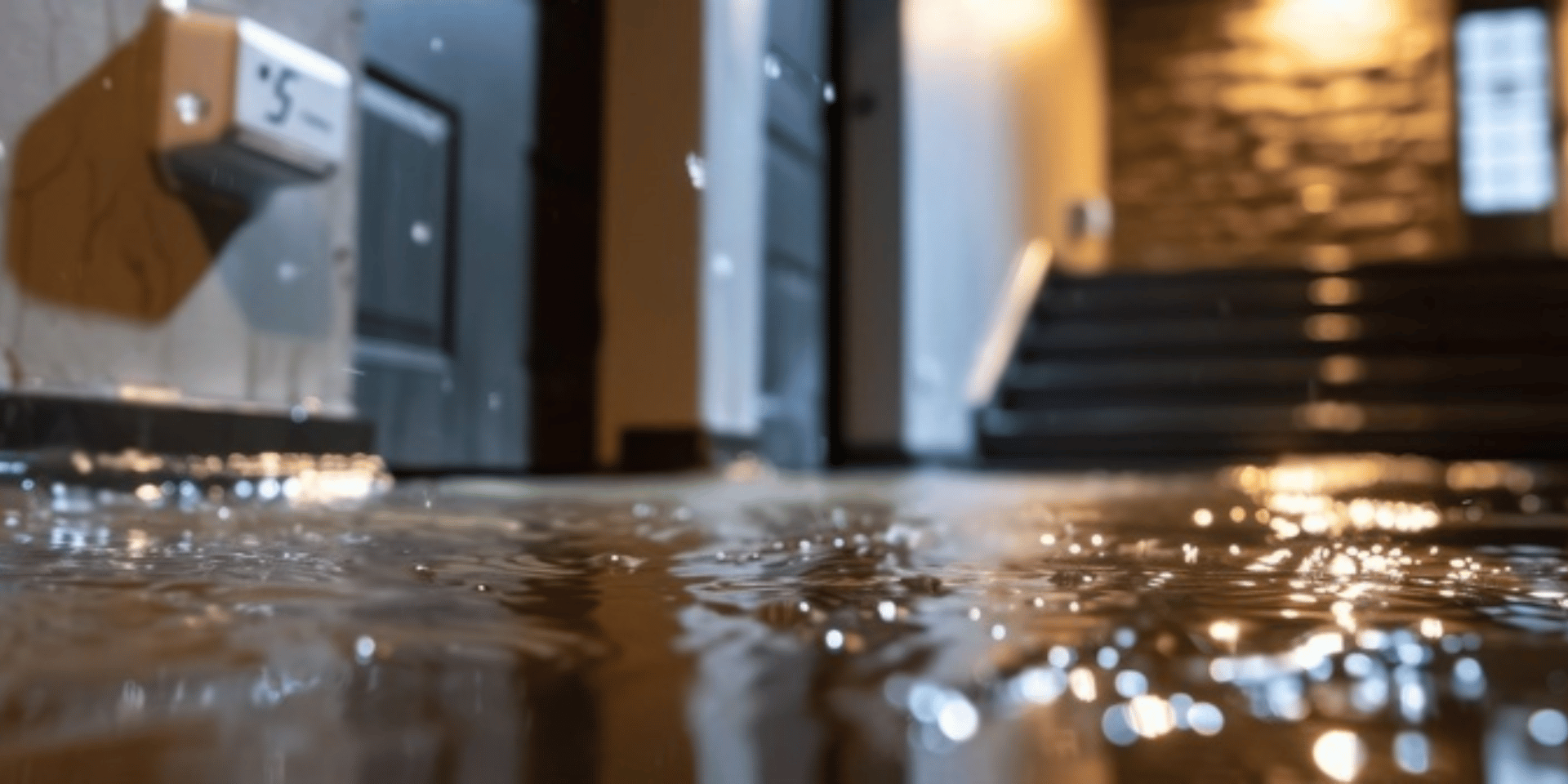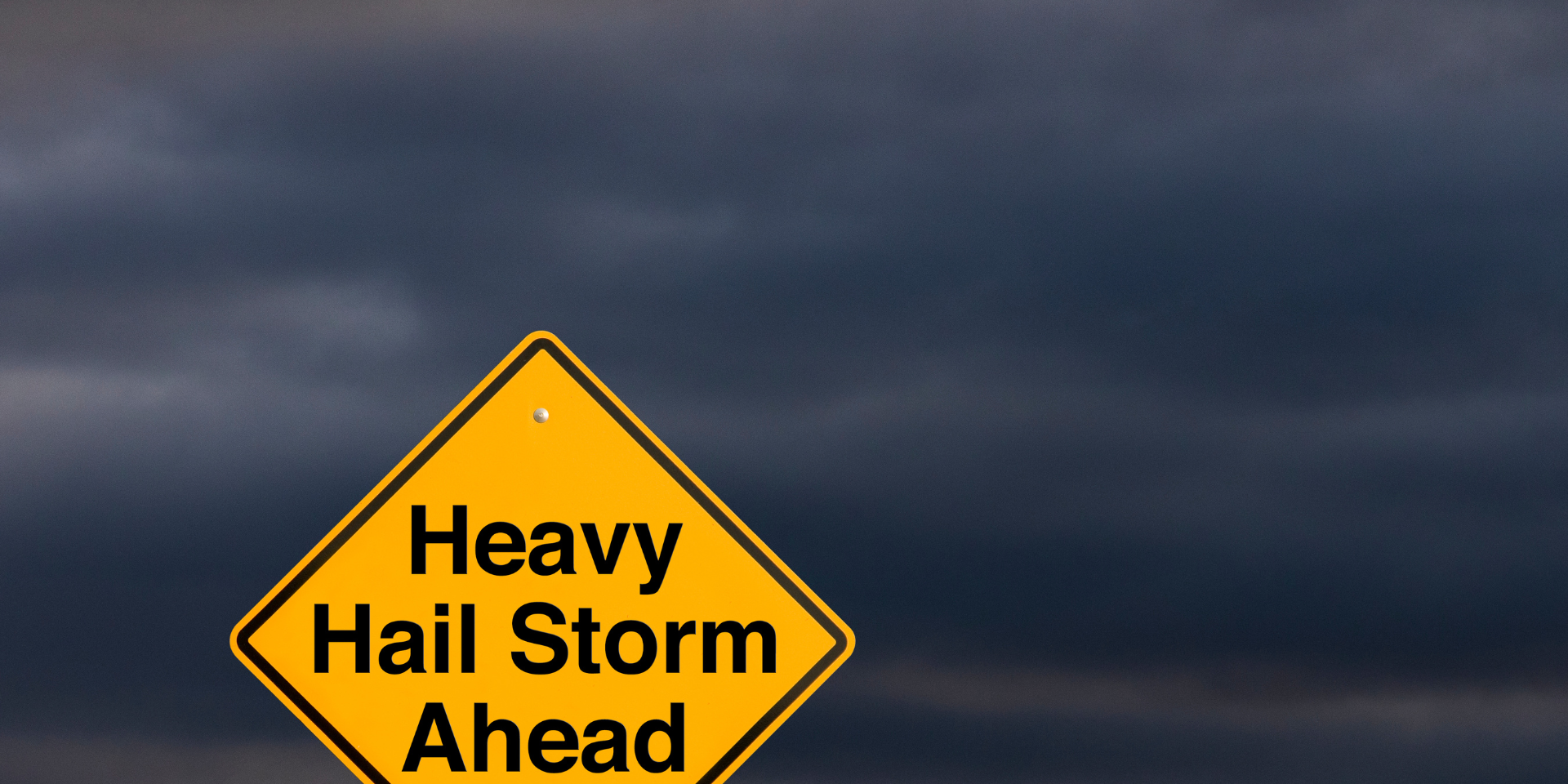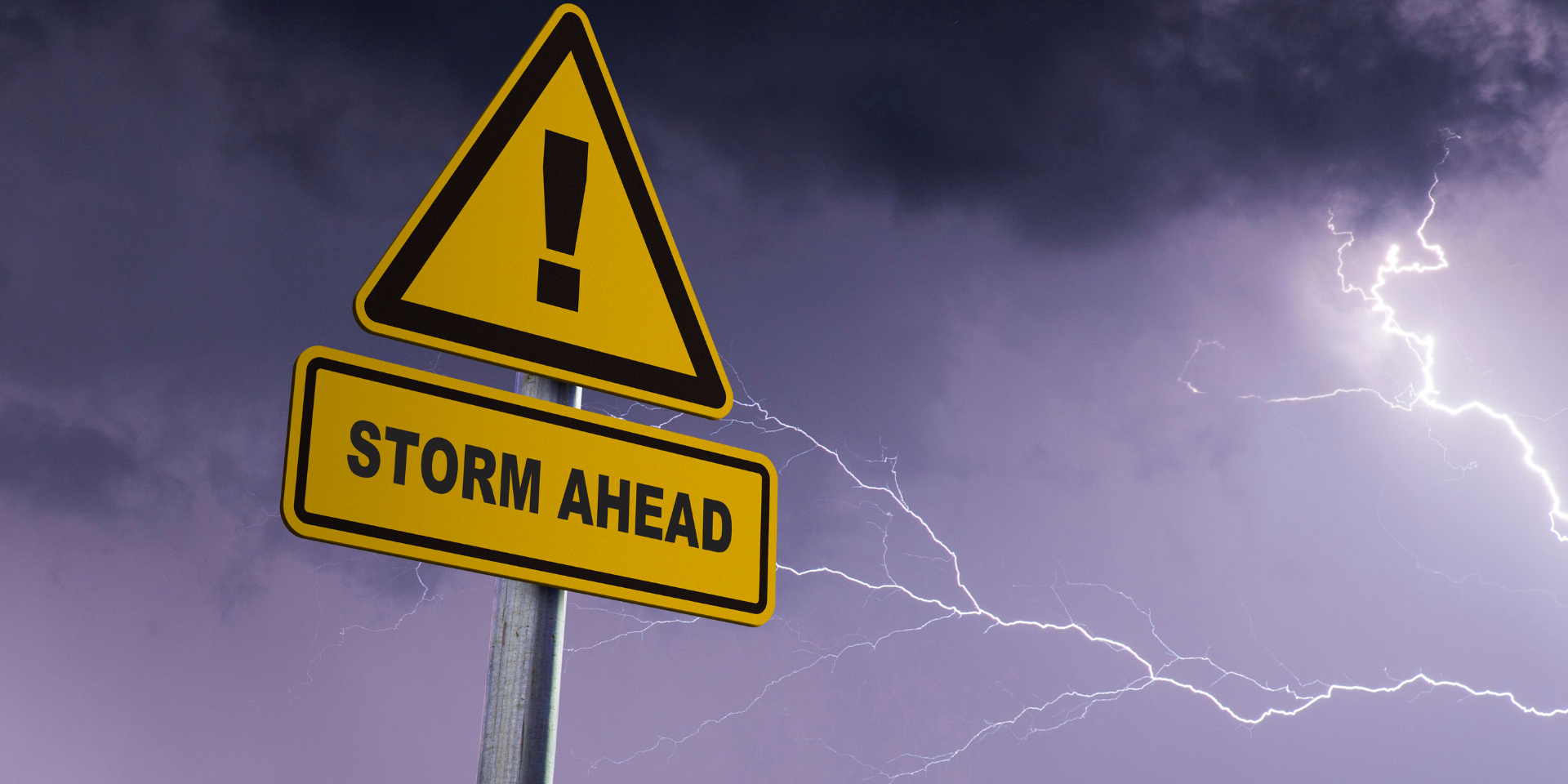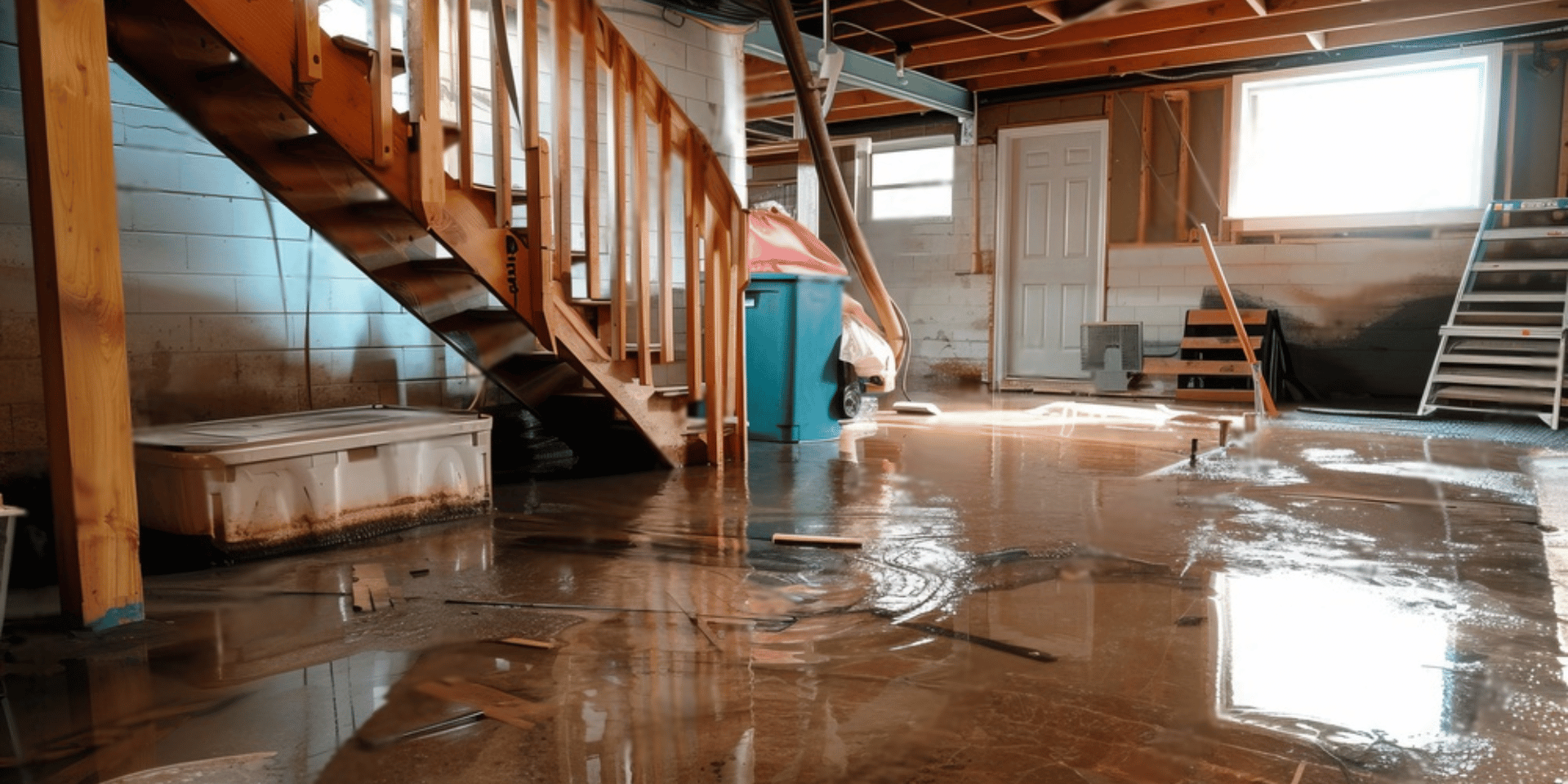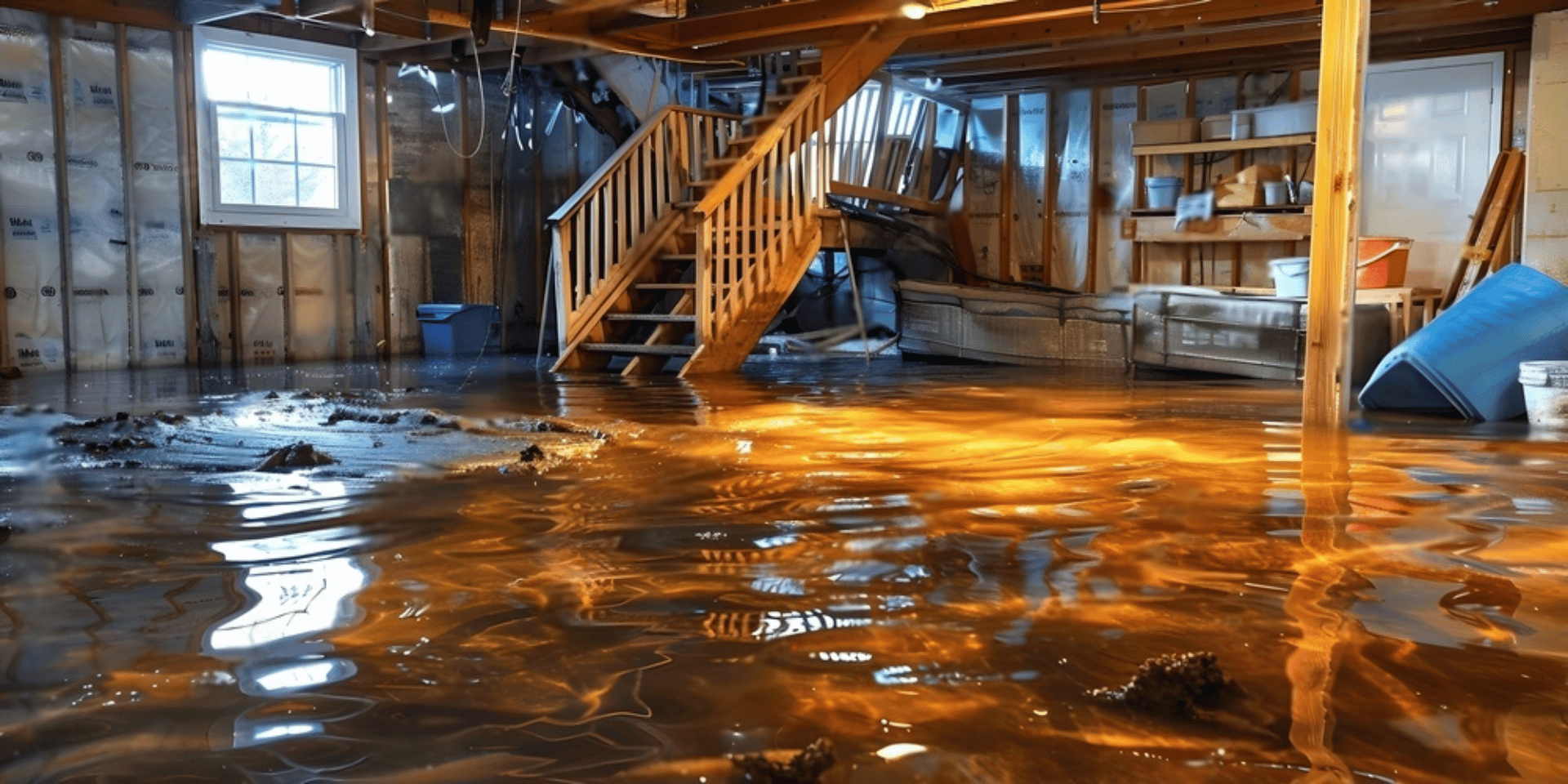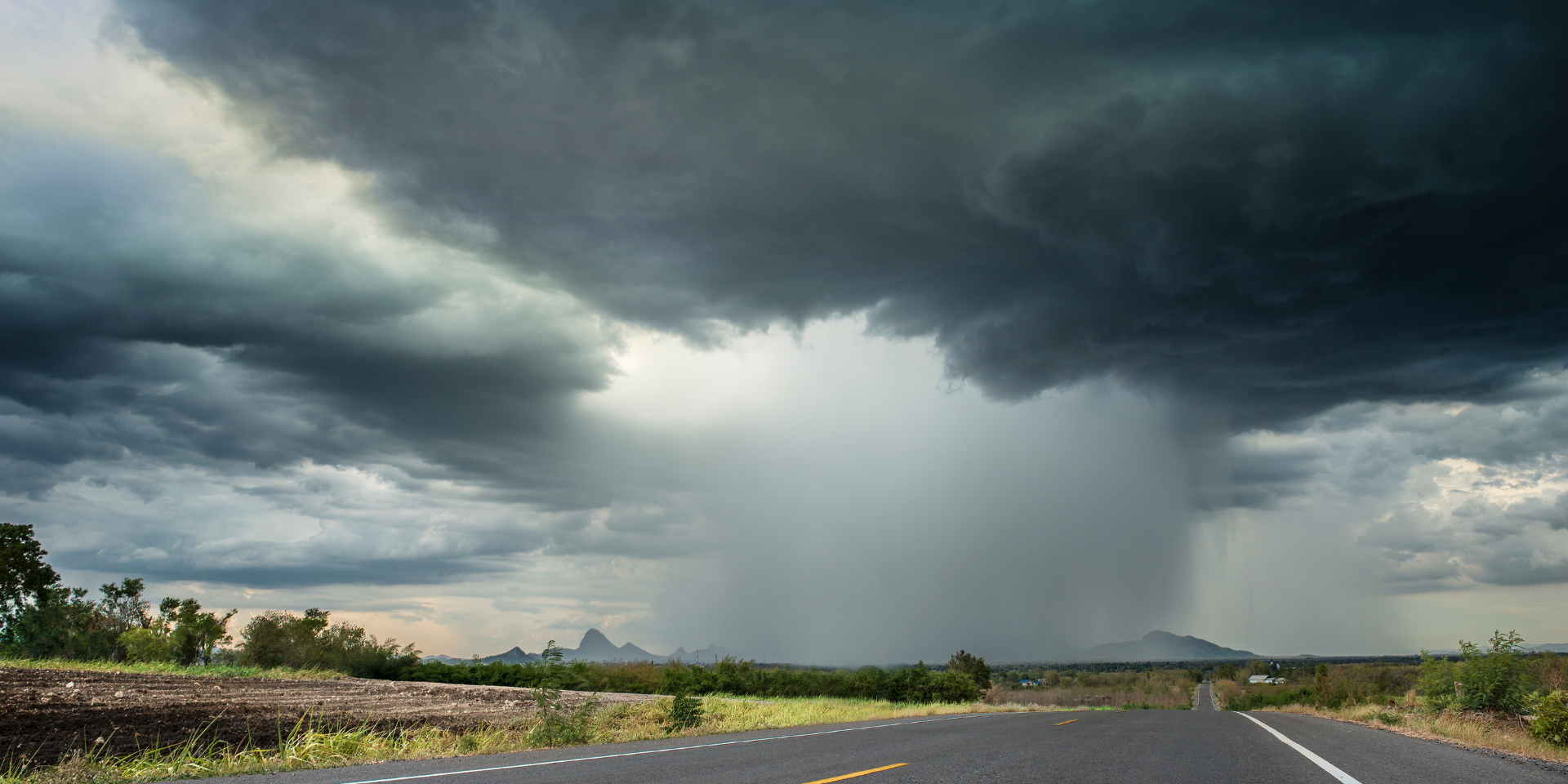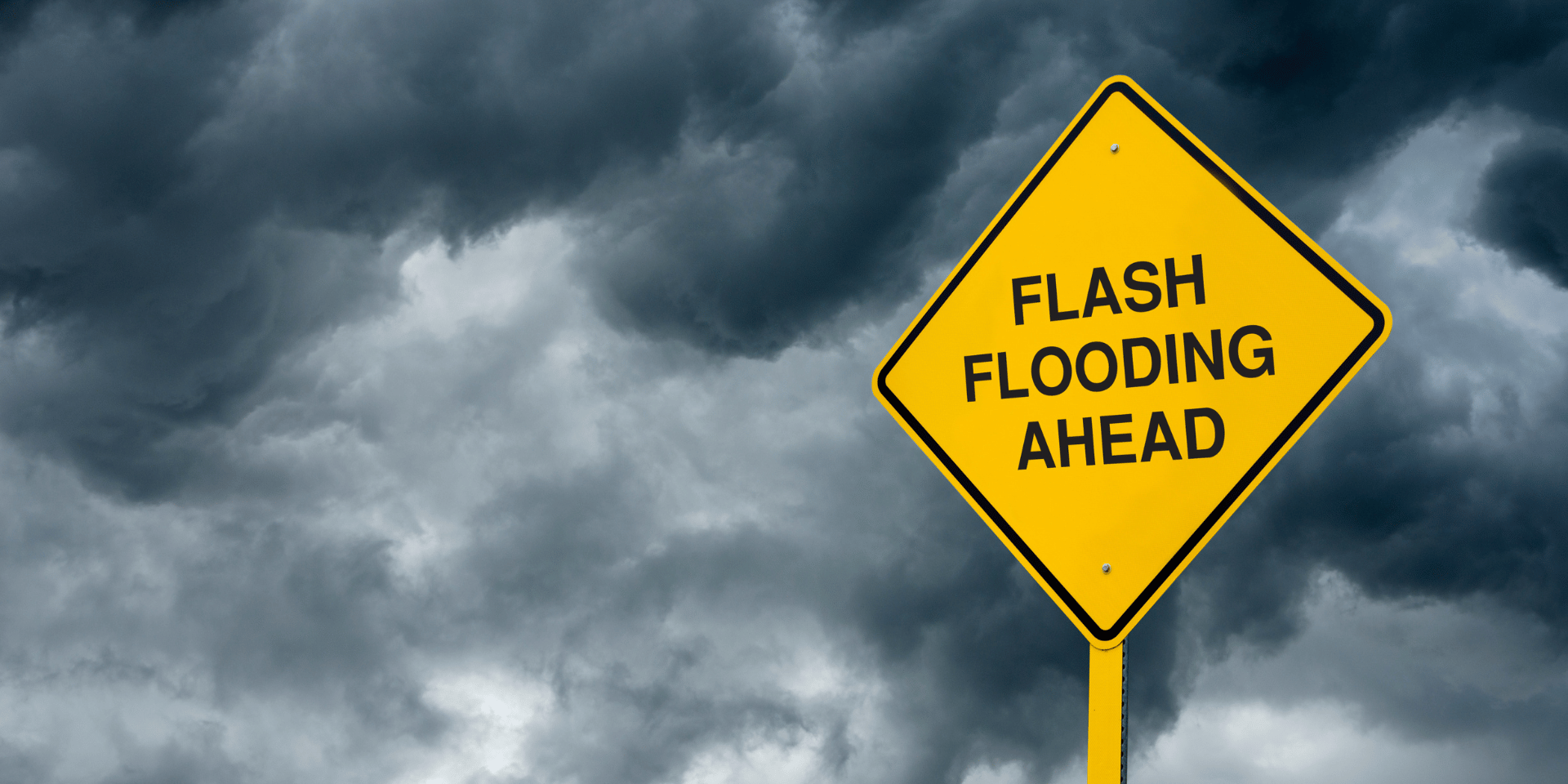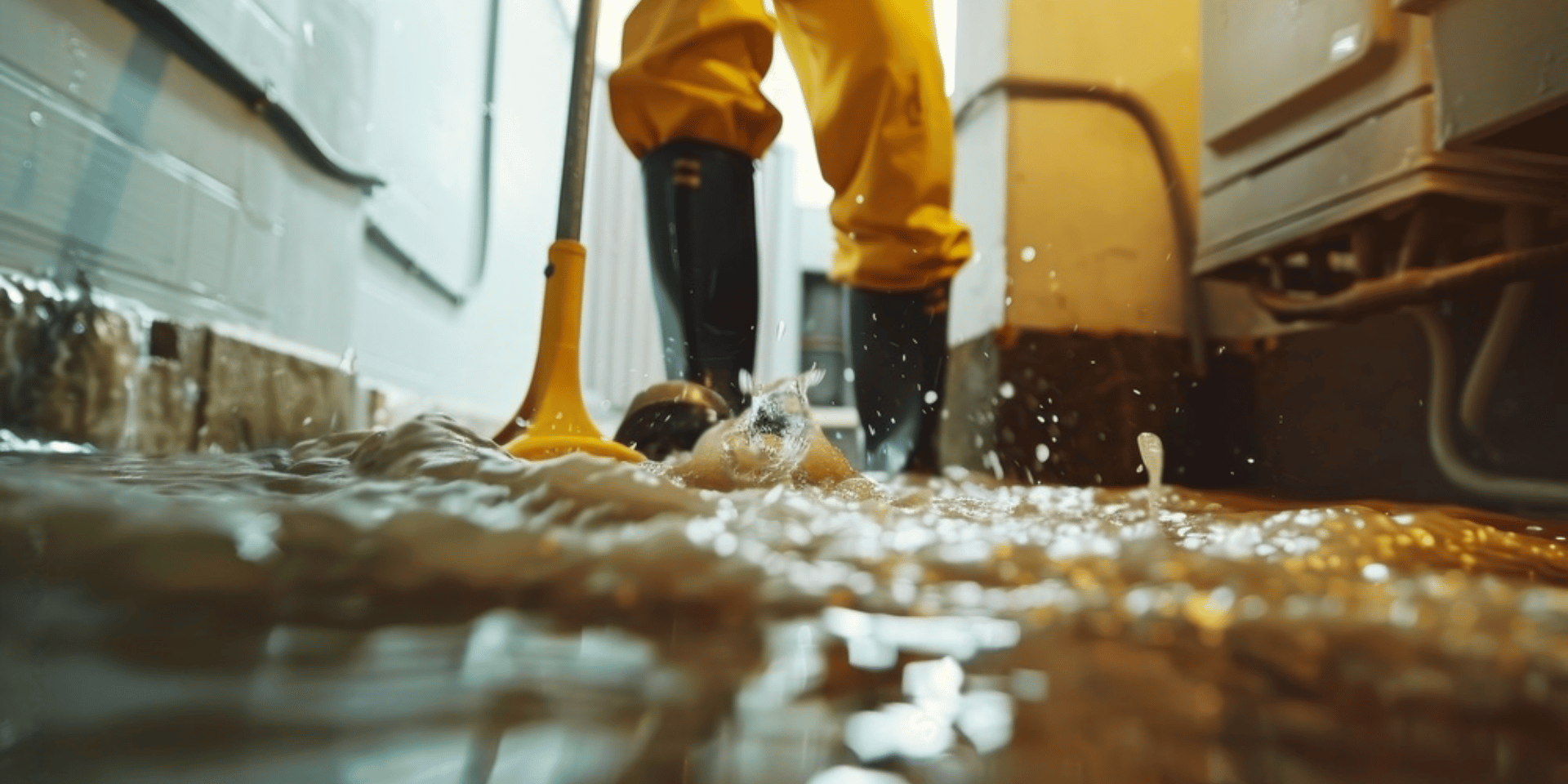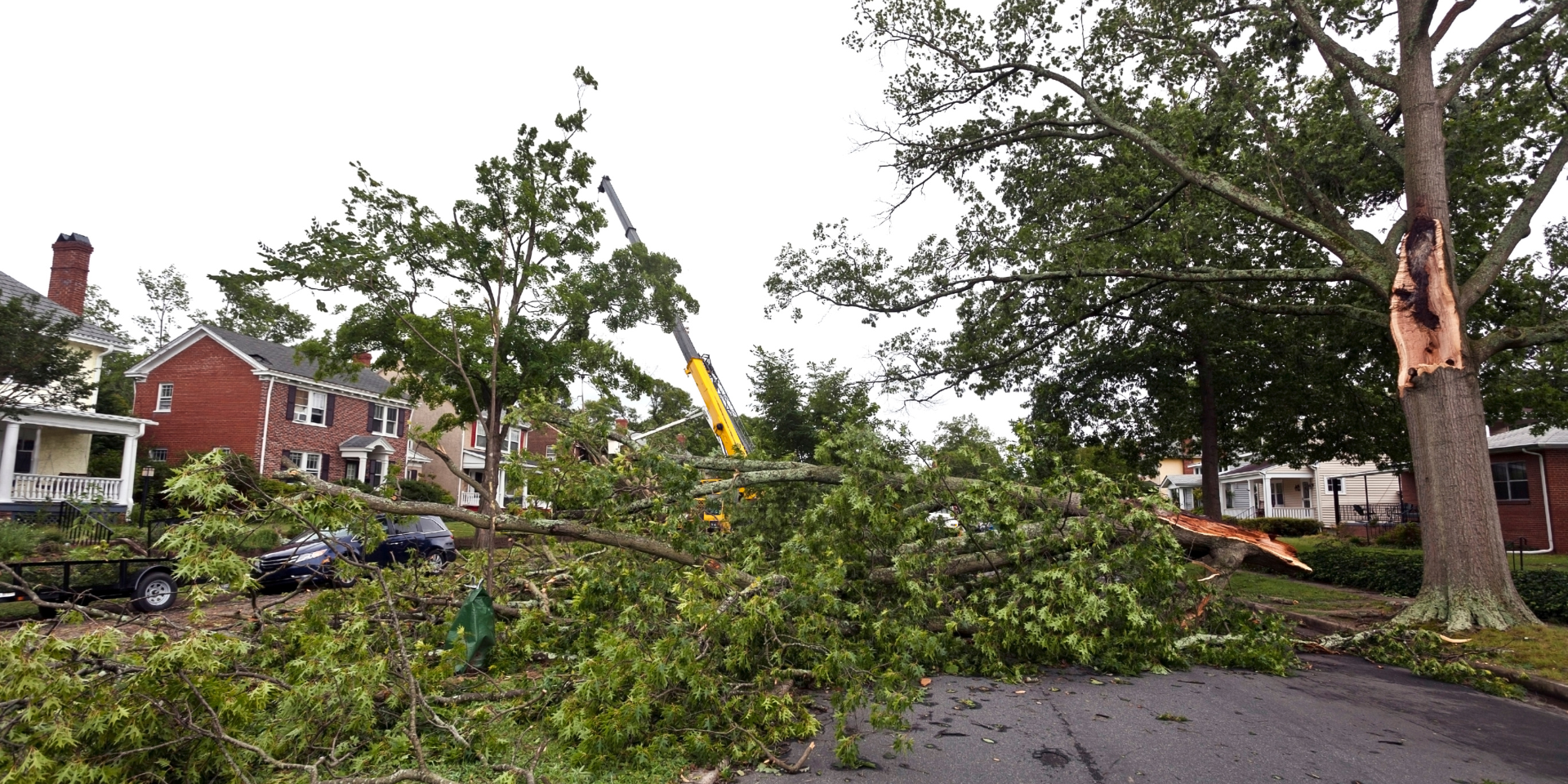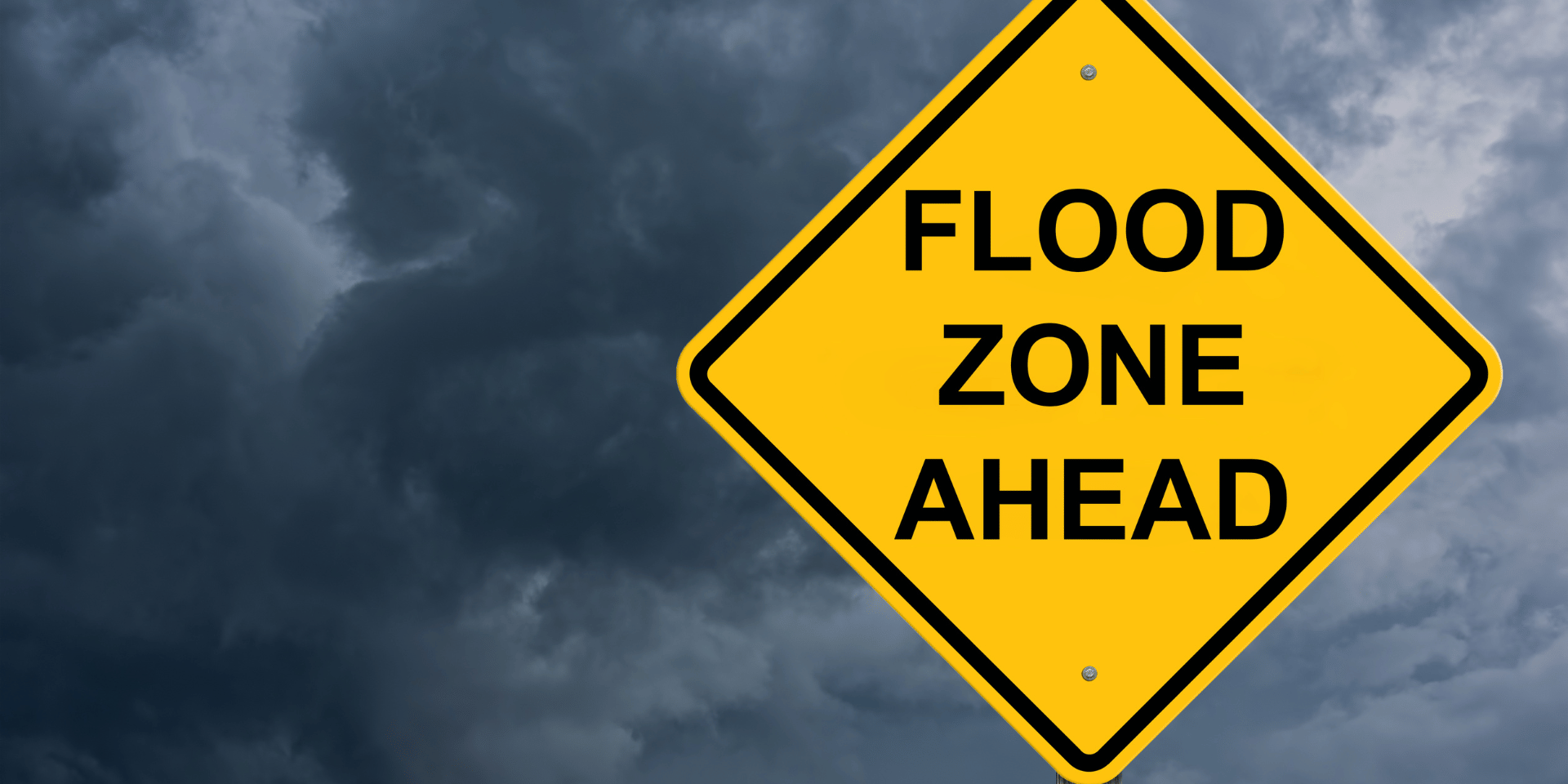Here at JF Public Adjusters, we regularly speak to clients who have encountered mold growth.
Furthermore, it’s not uncommon for them these clients to be experiencing the negative health effects that exposure to some types of mold can cause.
Today, we’re going to be talk about white mold growth specifically and answer the question – is white mold dangerous?
However, what surprises many is how mold is a far more common problem than most people are aware of.
Did you know that 45 million buildings in the US have unhealthy levels of mold?
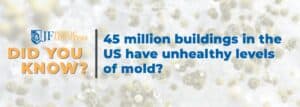
While that number might shock you, it’s no surprise that so many homes, offices, and stores might be harboring mildew and mold.
According to insurance industry statistics, 14,000 Americans deal with water damage daily, and mold can begin to appear in as little as 24-48 hours.
Often resulting from high humidity, dampness and excess moisture in areas with poor ventilation like and basements. or attics following roof leaks.
Though mold is common, it’s not always easy to know what type of mold you’re dealing with.
There are more than 100,000 various types of mold, some of them are dangerous and pose numerous health risks often leading to lung disease and other respiratory system issues, while other species of mold are benign.
Some mold types have medicinal properties.
But, if you’ve been in your basement looking around and you’ve seen some sort of fuzzy, powdery white substance you’ve likely found some white mold growing.
Now that we know a little bit more about mold in general, lets talk about white molds specifically and how dangerous it is.
Then we’ll dig a little bit into removing mold, and how to prevent mold from coming back and causing another mold growth problem.
Read on to learn the sobering truth about the white category of mold.
What is White Mold?
White mold is not one specific type of mold but a catch-all phrase that describes many different mold species which have a white appearance in hue and might have a powdery texture.
A few common types of this type of fungus include Aspergillus, Penicillium, and Cladosporium.
All of these mold species can also appear grey, green, or black. Many times, mold will appear white because its spores lack pigments.
This quality will vary based on what material the mold is growing on (as molds thrive on porous materials) and the kind of environment and moisture content of the surroundings.

Another type, acremonium Acremonium mold, is a toxic mold that starts moist but dries into a fine, white powder over time.
It can grow in drain pans, cooling coils, humidifiers, and window seals. Exposure to acremonium can cause catastrophic health problems.
Alternatively, many other species of mold will appear white only because they are in the early stages of development.
For example, you may find mold colonies form under your house. The mold will eventually change color as the mold grows and begins producing spores.
We can find an example of this in Chaetomium, which has a cotton-like texture and will change colors from white to grey, to brown, and finally to black with time.
Individuals with compromised immune systems can be significantly affected by this type of white mold growth.
This misunderstanding many people have relating to the difference between white mold and other types of mold can quickly become dangerous, as people often confuse white mold as completely harmless, believing only toxic black mold is the problem.
Mucor is a mold species that is usually white or grey and proliferates, in very thick patches.
A common way homeowners often discover this type of mold is when they hire an HVAC contractor for a service call and the technicians finds excess condensation inside ducting and HVAC system or air conditioner, a perfect environment for Mucor growth. Another place where this type of white mold thrives is along damp carpeting.
What Causes White Mold Spores To Grow?
This type of fungus can quickly spread if given sufficient food, namely the cellulose found in wood.
Since mold spores naturally exist in the air, all they need is the right conditions to allow for this white fungus to grow
All these spores need to thrive is some sort of moisture source and a food source, as mentioned above, and the powdery fungus will quickly appear.
Aside from wood, it can grow on drywall or any other building materials of an organic nature.
Moreover, like most other household mold types, white mold destroys the structural integrity of a building or home by eating away at its very foundation.
The majority of molds aren’t viable below 40 degrees Fahrenheit. Mold generally grows best anywhere between 77 and 86 degrees Fahrenheit, especially if the air is humid, just like on the East Coast of Country, which is why we’re commonly assisting our NY Public Adjuster clients and NJ Public Adjuster clients with this exact problem.
While mold can’t grow on inorganic material or non porous surfaces. Although, it can exist in or on dirt, and other organic materials on top of those inorganic surfaces. Mold can even grow on the northern side of a building’s siding and roof.
Suppose a property’s organic building materials are subjected to any sort of water damage.
In that case, white mold could easily take hold and flourish because the spores have everything they need to accelerate growth throughout the affected surface.
How Do You Identify White Mold Growth?
As it’s got a light color, white mold can sometimes be tough to see or detect. Unlike darker colored molds, it can easily blend in with whatever surface it’s growing on.
Sometimes white mold can be misidentified as mildew or efflorescence. Efflorescence is the salt deposit left behind after salt water evaporates and has a white, crystalline appearance.
People often can’t tell whether what they see is white mold or efflorescence because the salt deposits are very similar in appearance.
Keep in mind, efflorescence is native to stone, brick, and concrete.
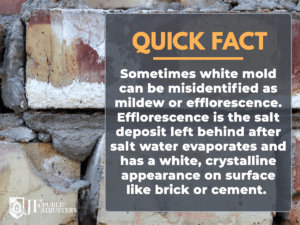
All materials don’t foster an excellent environment for mold growth, so chances are if you find powdery white mold on wood, it’s not efflorescence.
If you spray water onto the surface in question and it dissolves, it isn’t mold.
Keep in mind when trying to identify white mold that mildew will generally grow on plants and wet clothing instead of building materials.
In the early stages of growth, it can be tough to discern with the naked eye since the spores are so tiny. When mold colonies begin to form, white mold looks like powdery white spots on surfaces.
Since there are so many types of mold, it is almost impossible for the layman to identify whether the possible mold is toxic or not. That’s why
If you suspect mold growth of any kind, white mold or not, it’s in your best interest to look into a mold inspection by a qualified mold specialist or public adjuster who specializes in property damage.
Where Does White Mold Grow Most Often?
If you’re looking to inspect your home or business for white mold, and want to know where white mold tends to grow, here are the most common places.
Is White Mold Dangerous?
No matter the color or location, any mold growth in your home or business is generally considered harmful and unhealthy.
Exposure to white mold is dangerous because it can lead to many health problems like headaches, dizziness, allergic reactions, eye and skin irritation, nausea, and respiratory infections.
Prolonged or repeated exposure to white mold can cause even worse mental and physical problems like anxiety, insomnia, depression, and memory loss.
People with asthma or other breathing problems can find their health issues exacerbated by white mold (which include allergenic molds.)
People with asthma or other breathing problems can find their health issues exacerbated by white mold (which include allergenic molds.)
Other than health issues, white mold commonly attacks building materials and can cause extreme structural damage to a home or business.
White mold uses organic materials as a food source, which will compromise the integrity of whatever it grows on.
Since mold digests carbon from whatever it grows on, it naturally breaks down the material over time.
When the mold eventually destroys whatever surface it has colonized, it will move to another surface or material to find a new food source.
In cases of significant white spore growth, the affected structure could become unstable or uninhabitable.
An unchecked instance of mold growth can severely degrade organic material. At the very least it can cause cosmetic damage or unpleasant odors often referred to as a “musty odor.”
How Do You Remove White Mold?
In the event that you discover white mold (or black mold or any other mold for that matter) somewhere on your property, you may be thinking that you can remove it yourself.
While in some instances this is possible, as with wooden furniture, wooden surfaces, or clothing and shoes, in one of these cases, the surface can be cleaned by scrubbing water mixed with baking soda.
However, if you’ve other instances it’s best to leave this sort of work up to professionals who are using the proper protective gear.
As the health risks associated with mold spores of this type are so severe, when spore growth is encountered, you need to act quickly to mitigate property damage to your home or business.
Larger mold colonies need to be addressed immediately, ideally by a mold remediation company.

That’s why if you’ve encountered any spores, whether it’s black mold, white mold or green mold, it is best to contact mold inspection company and have them complete a thorough inspection of the property.
One very hazardous downside to DIY mold cleaning solutions is exposing yourself and anyone who helps you to potentially harmful fungus (like white fungus on wood), which could trigger or exacerbate serious health issues, .
If you decide to tackle the problem yourself, you must be very careful to protect yourself from its harmful effects.
A flimsy, thin mask will not be enough for this type of work. An N95 mask is recommended to clean mold, and it can be very expensive. You should also wear goggles and gloves.
Whatever clothing you wear to remove mold colony must be washed immediately afterward or even discarded. Mold is capable of sticking to your clothing and spreading to other clothing if washed together.
These are only a few of the many things you’ll need to safely and successfully remove mold growth on your own.
Unlike mold removal professionals, chances are you do not possess the equipment or the experience to get the job done. Unfortunately, mold remediation is expensive and only gets more costly if the problem is severe enough.
It can be a difficult task and a pricey one but in comparison to the physical and mental effects mold growth has on people, it’s decidedly worth it.
That’s why many people get in touch with an independent insurance adjuster by searching online for “public adjuster near me” and find a local public insurance adjuster in their area who can assess the mold growth, regardless of whether it’s black mold, white, or even another type.
If you happen to live in New York, New Jersey or Connecticut, we invite your to contact our team here at JF Public Adjusters, where we offer a complimentary, no-obligation, on-site survey and policy assessment.
How To Prevent White Mold Growth
Outside of isolated spore growth on clothes, furniture, and surfaces, once you begin to suspect that white mold is growing, the best course of action is to get a professional mold survey and assessment.
The other option is to prevent the growth of white mold before it ever can begin.
Most important in your fight against this difficult problem is controlling the moisture level in your home or business.
If you have a broken appliance, bad ventilation, a leaky roof or pipes, broken gutters, or issues with flooding you can find yourself experiencing spore growth of this type.
Once you get the visible spores removed, if you don’t solve the root moisture problem, it will always return.
Make sure to regularly check for white mold in basements, crawl spaces, and attics for visible white mold or a noticeably musty smell.
Always ensure that your clothing is thoroughly dried before hanging it up or folding it up in your drawers to prevent white mold growth.
If you find white mold growth on clothing, use hot water and vinegar to kill the spores.
Always be sure to keep your property clean and tidy. Dirt and debris like crumbs, paper, cardboard, and other organic materials can be used as viable food sources for white mold to grow and multiply.
The Big Picture on White Mold
White mold can be a wide variety of mold species, and it can grow in several different places that we live and work in.
White mold proliferates, with only a few ingredients needed to facilitate widespread mold growth.
As moisture from water damage is common, anyone can be a victim of white mold growth.
White mold might not even be visible until it has multiplied into large colonies, which will negatively impact both the value of your property and your physical health.
Removing black mold, white mold or any type of mold is essential, but it is recommended that you seek professional help in doing so to ensure the problem is thoroughly and safely dealt with.
Other than practicing vigilant prevention to keep mold from growing in the first place, you will best solve your mold problem by utilizing professional mold remediation servixces.
Whatever your decision, the consequences of living and working with dangerous spores can wreak havoc on your home and work life.
To ensure your health and safety, do whatever you can to avoid prolonged exposure to any sort of mold growth.
Do You Have a Mold Problem?
If you’ve got a mold problem, the last thing you want to do is ignore it.
Find a professional in your area and have them inspect the spores.
Moreover, if you’re in the New York, New Jersey or Connecticut area, we invite you to contact us here at JF Public Adjusters.
We’re widely considered the leading public adjusters serving the local property damage experts, and where we offer a free on-site survey and policy assessment.
GET IN TOUCH!
The Leading Property Damage Experts Are Here To Help
CONTACT NEW YORK’S HIGHEST RATED PUBLIC ADJUSTER IMMEDIATELY BY CALLING OUR OFFICE OR BY COMPLETING THE FORM.
CALL US FOR FREE




